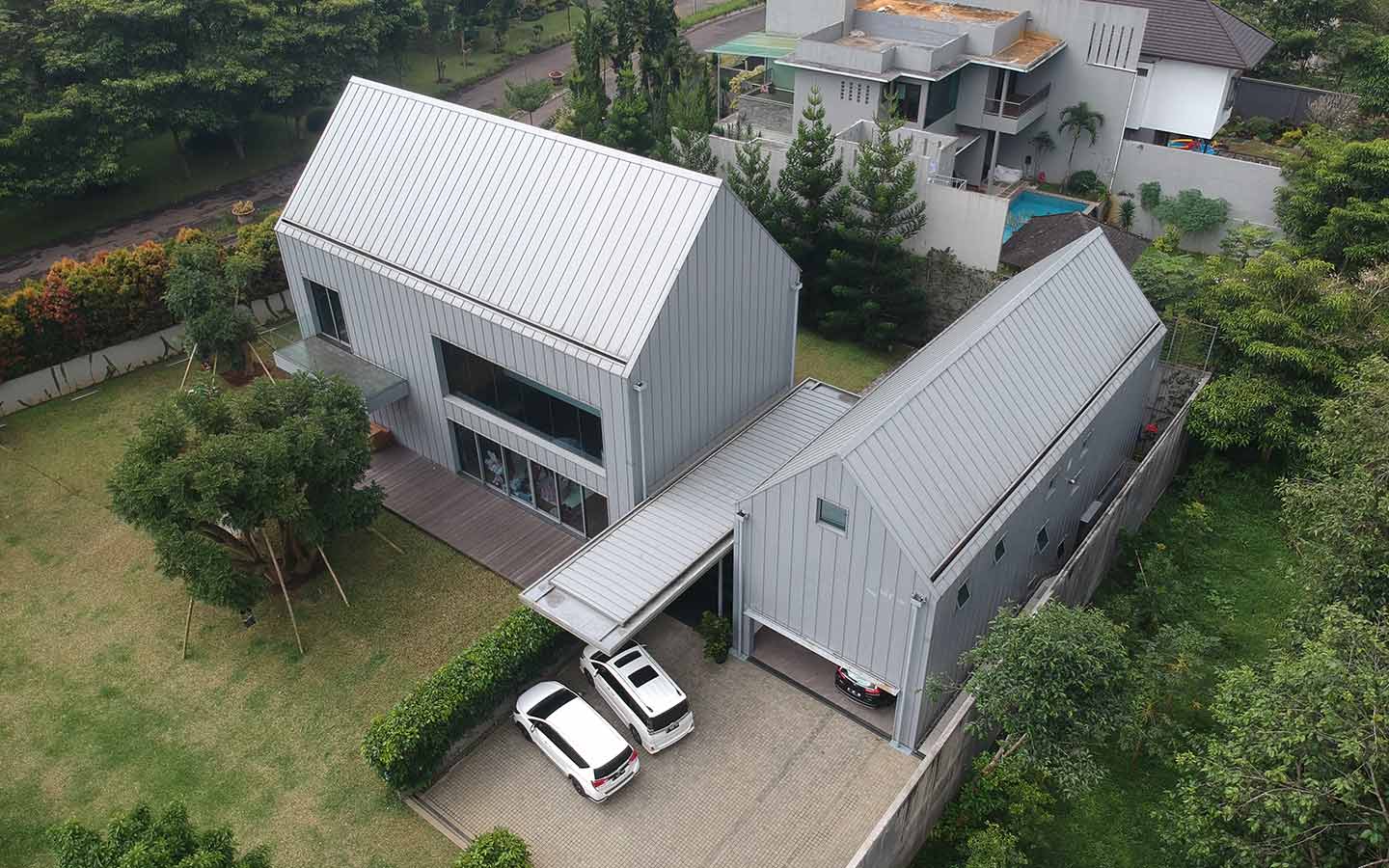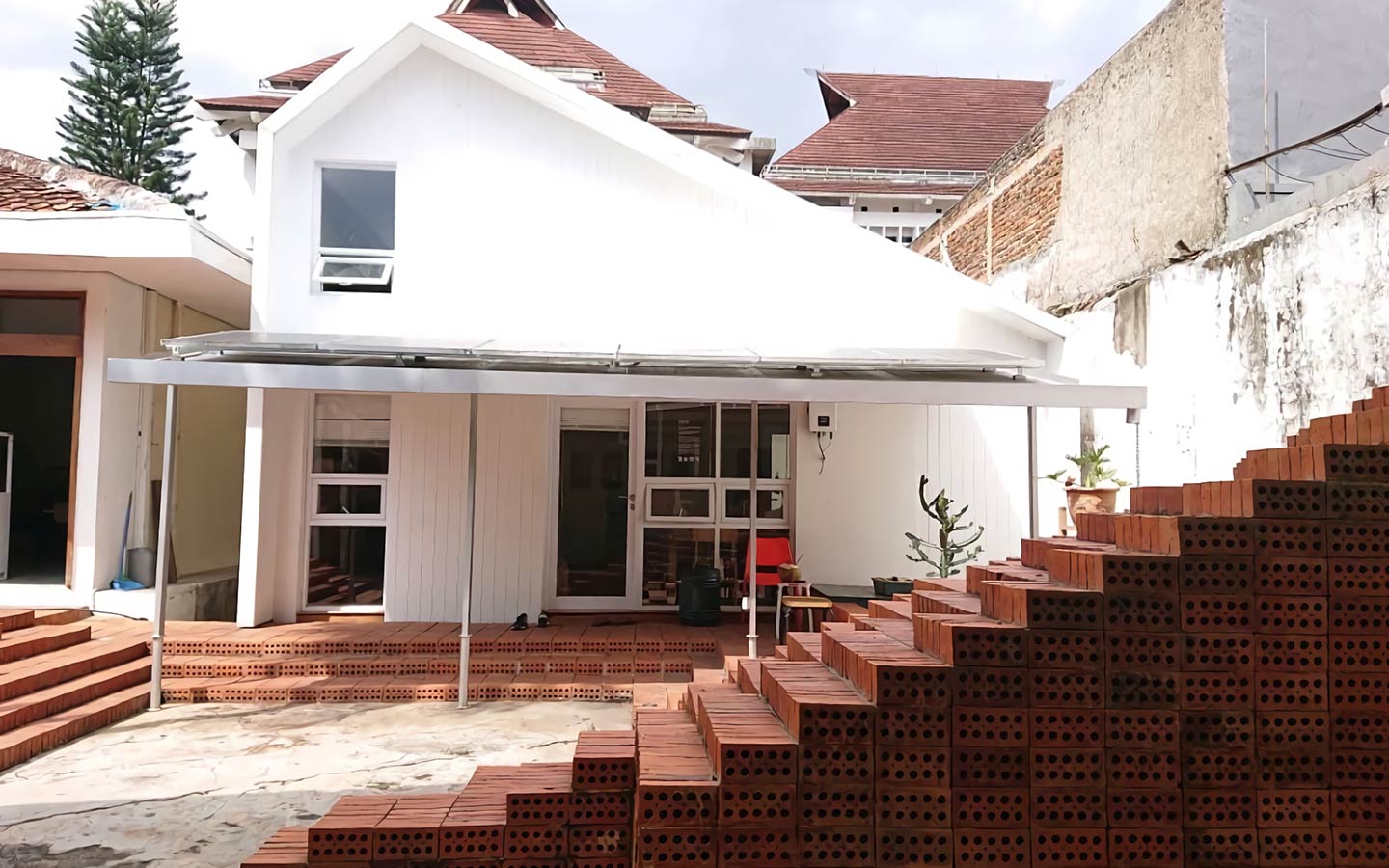16 May 2024
What Are The Characteristics of Indonesian Architecture
What Are The Characteristics of Indonesian Architecture
Share:
Traditional Indonesian buildings always hold their own beauty and uniqueness. They are works of art that reflect local wisdom and a rich cultural heritage. From traditional houses to modern buildings with traditional touches, Nusantara architecture captivates with its distinctive features. But what exactly are the characteristics that make Nusantara architecture so special and different from other architectural styles?
To more easily recognize Nusantara landscape architecture, you can look at traditional houses. Each region in Indonesia has traditional houses with distinct characteristics, such as the Joglo house in Java, the Gadang house in Minangkabau, and the stilt house in Kalimantan. These traditional houses not only serve as residences but also symbolize the cultural identity and local wisdom of the communities.
Characteristic of Nusantara Architecture
Nusantara architecture, with all its cultural richness and natural beauty, possesses several unique characteristics that distinguish it from other architectural styles around the world. Some of the inherent features of Nusantara architecture include:
1. Bentuk Atap yang Khas

Trinity House using COLORBOND®.
In tropical countries like Indonesia, the roof becomes a crucial element serving as protection from heat and rain. Therefore, the entire building area, including the terrace, is typically covered by a strong and functional roof.
Roofs in Nusantara houses often have unique shapes as well. For instance, designs like the Limasan, Joglo, or Pelana roofs provide strong visual identities.
2. Usage of Wood Material
Wood has been the primary material in the construction of traditional houses in Indonesia since ancient times. This tradition continues to evolve, even in modern architecture, where many people combine traditional elements with contemporary architectural styles.
The use of wood on walls and floors not only provides aesthetic touches but also enriches the cultural values within each building.
3. Having Many Water Absorptions
Due to the high rainfall in Indonesia, Nusantara architecture also emphasizes the importance of having many water absorption areas and water flow paths. This concept allows rainwater to be absorbed into the ground and then evaporate back into the atmosphere during sunny weather.

Sayana Cabin House using COLORBOND®.
One example of architecture that implements this concept is the stilt house. Most of the construction of these houses does not directly touch the ground, allowing the soil to absorb water effectively.
For an architect, every work is a mark of eternal freedom of expression and pride. However, behind the radiance displayed, the choice of materials forms a crucial foundation. In the quest for materials that are not only innovative but also foster a sense of pride, COLORBOND® steel with its colored layers emerges as an undisputed choice.
With over half a century of experience and technological testing, COLORBOND® not only becomes a choice but a primary key to achieving architectural masterpieces. Its superiority lies not only in its stunning aesthetics but also in its exceptional durability.

Bandara Internasional Sultan Thaha Jambi using COLORBOND®.
The use of COLORBOND® brings a new dimension to realizing architectural designs that not only captivate the eyes but also push the boundaries of bravery. With its proven durability from decades of testing, this colored steel answers the need for unbeatable resilience in various climatic and environmental conditions.
COLORBOND® offers a variety of exotic colors, which are divided into two types: Standard and Matte Finish.
**
The Steel Architecture Award 2024 is a prestigious event for architects who have created buildings using materials from BlueScope. The submission process or open submission for entries will run until May 31, 2024.
Until May 2024, the launches will continue to various cities in Indonesia to introduce and invite architects to participate. In October, the best works will be selected for the national-level awards. The winners at the national level will then compete in the ASEAN Steel Architecture Award 2024.
There are five categories that be entered in this award, namely:
- Industrial Non-Commerce
- Commerce
- Residential
- Infrastructure
- Lasting Beauty (for building constructed before 2019)
There are several reasons why architects should consider participating in this award, including:
- Networking: The opportunity to meet and interact with other architects as well as stakeholders in the industry.
- Recognition: Recognition for one's work and ability in designing buildings.
- Elevate Career: Enhancing one's career by adding to their portfolio of achievements.
- Kontinuitas: This award has been held previously in 2017 and 2019 but was paused due to the pandemic.
For more information, you can visit the official website of this award here!

